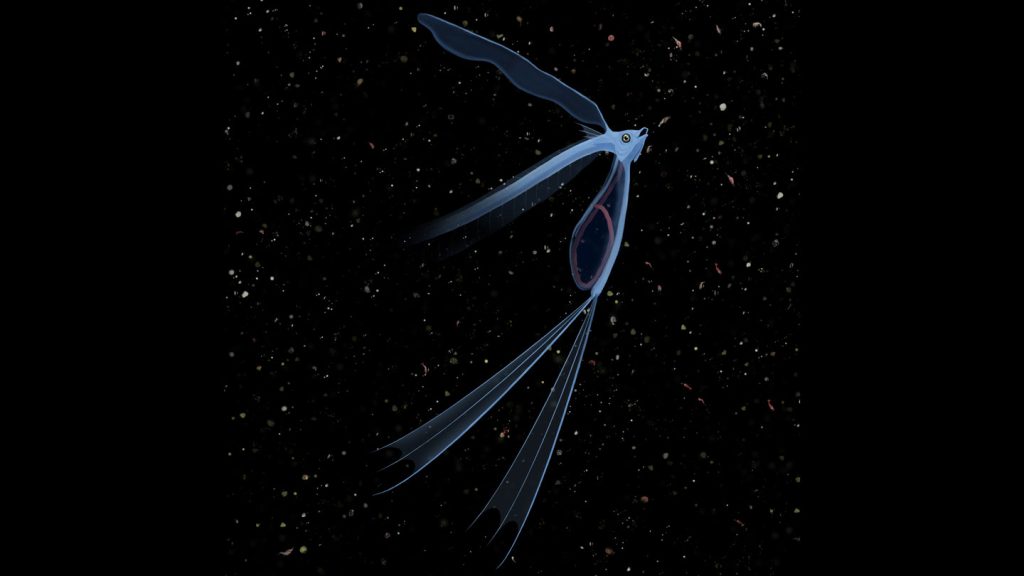Pegasus volans, a fish species known from two fossils found in northern Italy that date back 50 million years, has long puzzled researchers trying to determine its place in the evolutionary tree of life. In a recent analysis, paleontologists Donald Davesne and Giorgio Carnevale ruled out previous theories and proposed a new perspective on the extinct animal’s classification. The researchers note similarities between P. volans and modern cusk-eels, suggesting a potential connection to the group Teleostei rather than oarfish, as previously suggested.
The two known fossil specimens of Pegasus volans, ranging from 3.3 to 5.6 centimeters in length, lack a tail end, making it challenging to determine their evolutionary relationships. Davesne and Carnevale closely examined the fossils using microscopic techniques and found anatomical characteristics that resemble those of teleost larvae. Despite their larger bodies and fully ossified skeletons, the fossils exhibit larval traits, indicating a possible early appearance of such features, possibly linked to the diversification of spiny-rayed fish after the Cretaceous-Paleogene extinction event.
The researchers express the need for additional specimens to confirm their proposed relationship for Pegasus volans, especially considering the missing tail end in the existing fossils. Davesne remains hopeful that a better-preserved specimen will be discovered in the future to provide more insights into the mysterious fish’s evolutionary history. To reflect the uncertainties surrounding the ancient fish’s classification, the researchers plan to assign it a new genus name, paying tribute to a late musician known to Davesne.
The enigmatic nature of Pegasus volans highlights the complexities of understanding prehistoric life forms and their evolutionary trajectories. The fish’s unconventional characteristics and lack of definitive classification emphasize the need for ongoing research and the discovery of additional fossils to piece together its evolutionary puzzle accurately. Davesne and Carnevale’s study sheds new light on the potential connections between P. volans and modern fish groups, opening up intriguing avenues for future investigations into this ancient aquatic species.
In conclusion, the study of Pegasus volans underscores the dynamic nature of paleontological research and the continuous quest to unravel the mysteries of ancient life forms. By challenging existing ideas and proposing new insights based on fossil evidence, researchers like Davesne and Carnevale contribute to a deeper understanding of evolutionary relationships and the diverse array of species that have inhabited Earth throughout history. Despite the uncertainties surrounding Pegasus volans, the ongoing scientific exploration of this unique fish species offers valuable opportunities to expand our knowledge of prehistoric biodiversity and the origins of modern aquatic life.


